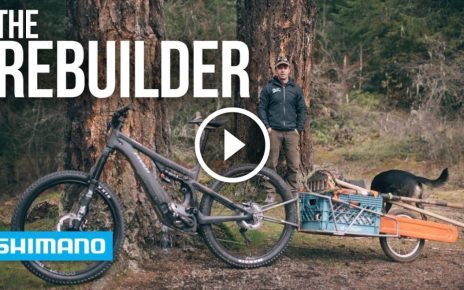Tyre pressure is a critical measurement for getting the most out of your mountain bike. There are a number of variables that go into figuring out the ideal pressure range for a bicycle tyre such as the tyre’s width and carcass thickness, the rubber compound, and the rim’s width and overall shape.
The types of conditions and trails you’re riding and your personal preferences will also have a massive bearing on how much air is appropriate.
What tyre pressure should I run in my mountain bike tyres?
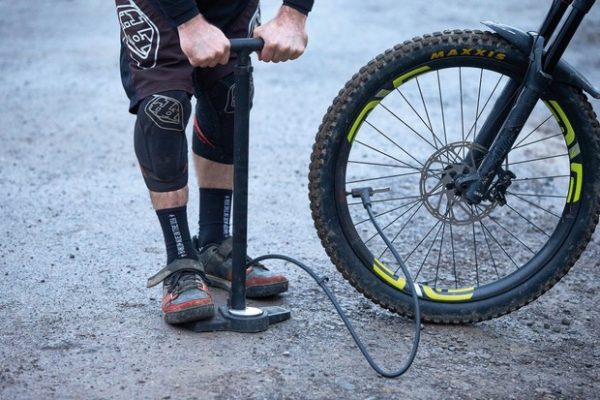
There are a number of things to consider when trying to decide what tyre pressure is right for you:
Rider weight
How a tyre performs at a given pressure is relative to the rider’s weight. For example, a 145lb / 66kg rider might find that 35psi in a 26 x 2.25in tyre feels too hard and lacks traction.
Conversely, a 250lb / 113kg rider could find that pressure too low, resulting in tyre squirm or even pinch flats.
Tyre volume
Tyre volume and pressure go hand in hand. A tyre’s volume will determine how a given pressure ‘feels’.
For example, 35psi in a 700 x 25mm tyre will feel almost flat, while 35psi in a 26 x 3.8in model will feel rock solid to the touch – the wheel will bounce off, rather than absorb, a trail’s irregularities.
Terrain
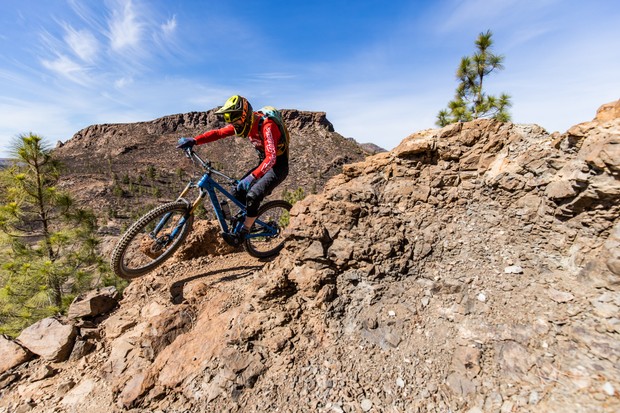
What are your local trails like? Fast and flowy? Or a series of chunky rock gardens? If the latter, consider bumping up your pressure to combat pinch flats and sidewall damage.
Riding style
How you ride is just as important as where you ride. The more aggressive your style, the more likely it is that you’ll need to run a bit more pressure.
Or are you a finesse type – do you ride ‘light’ on the bike? Do you try to pick the cleanest line through a rock garden or do you prefer to charge ahead with reckless abandon? Do you keep your wheels on the ground or do you enjoy hucking off jumps and drops?
Rim width
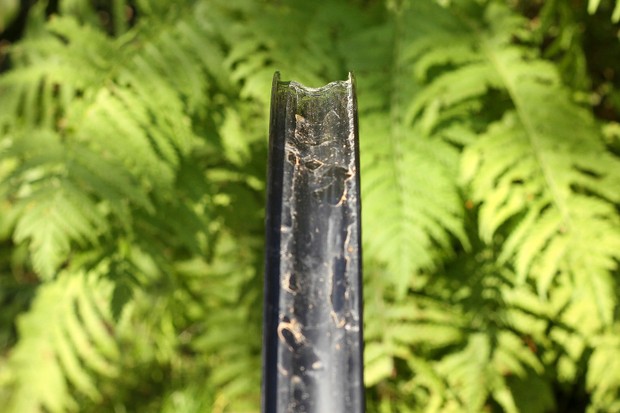
This plays a critical role in determining how low you can go without sacrificing performance.
A wide rim does a better job of supporting a tyre than a narrow one. For a given tyre size, a wider rim will allow you to run lower pressures without the tyre squirming and folding underneath you.
Tyre construction
The way a tyre’s casing is made will impact how it feels at a given pressure in much the same way as your weight does.
Tyres with high TPI (threads per inch) casings are generally more supple than those with low TPI counts.
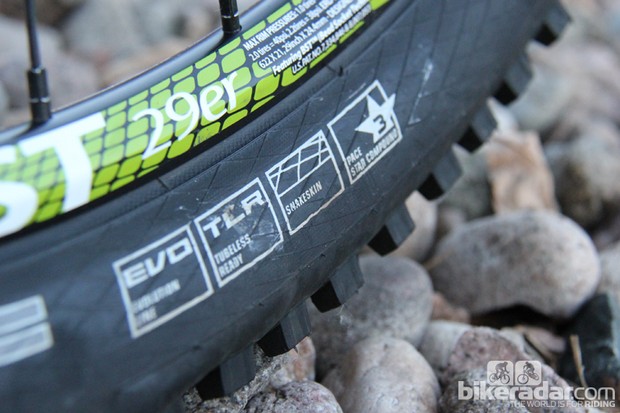
You might find that you need to increase your tyre pressure when swapping from a low TPI tyre to one with a higher TPI count, and vice versa.
Also, models that feature stiffer, reinforced sidewalls as well as tubeless/UST tyres might need to be run at lower pressures to achieve the same level of performance as those with thinner, more supple casings.
Sorting out a tyre pressure that’s right for you is as much an art as a science. Keep these six factors in mind and take the time to experiment. Be sure to bring a pump and, if possible, a gauge to help find your perfect number.
Should I inflate my tyres to the pressure written on the tyre sidewall?
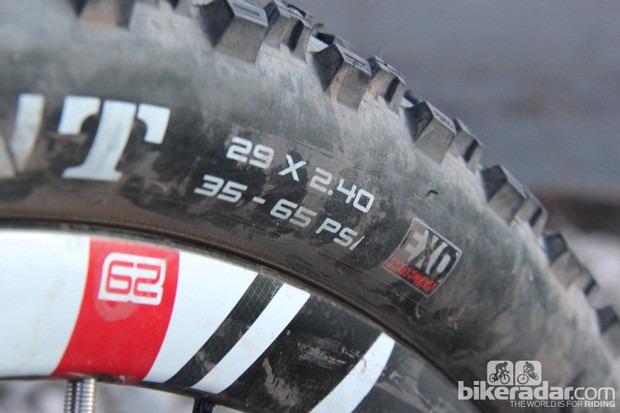
A tyre’s maximum pressure is not the pressure at which it will burst like a balloon; more often than not it’s the rim that can’t withstand the pressure. Not all bicycle rims are created equal; some can withstand much higher pressures than others.
Companies have no way of knowing which rims you, the consumer, will be pairing with their tyres. Consequently, their maximum recommended pressures tend to be conservative.
For mountain bikers, the maximum pressure rating generally isn’t the issue because most riders run well below this number, especially with tubeless setups.
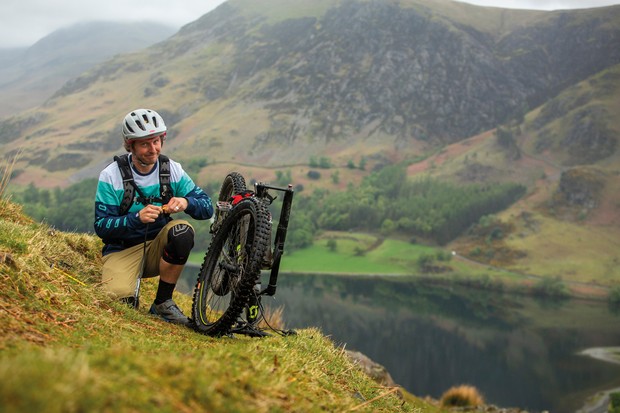
Why go lower? Well, it can allow your tyres to roll faster and absorb more trail irregularities, and can increase traction as well as comfort.
There are numerous studies that offer supporting evidence (though most focus exclusively on road performance). When it comes to mountain biking, finding one’s ideal tyre pressure is a qualitative pursuit.
While the maximum pressure rating is a hedge against rim strength, the minimum recommended pressure is a hedge against you, the rider.
If the pressure is too low the tyre can squirm, roll off the rim or burp air as you corner. Riding under-inflated tyres can also cause the casing to flex excessively, leading to premature wear.
At best, minimum recommended ratings are educated guesses as to what will work for most people most of the time.
